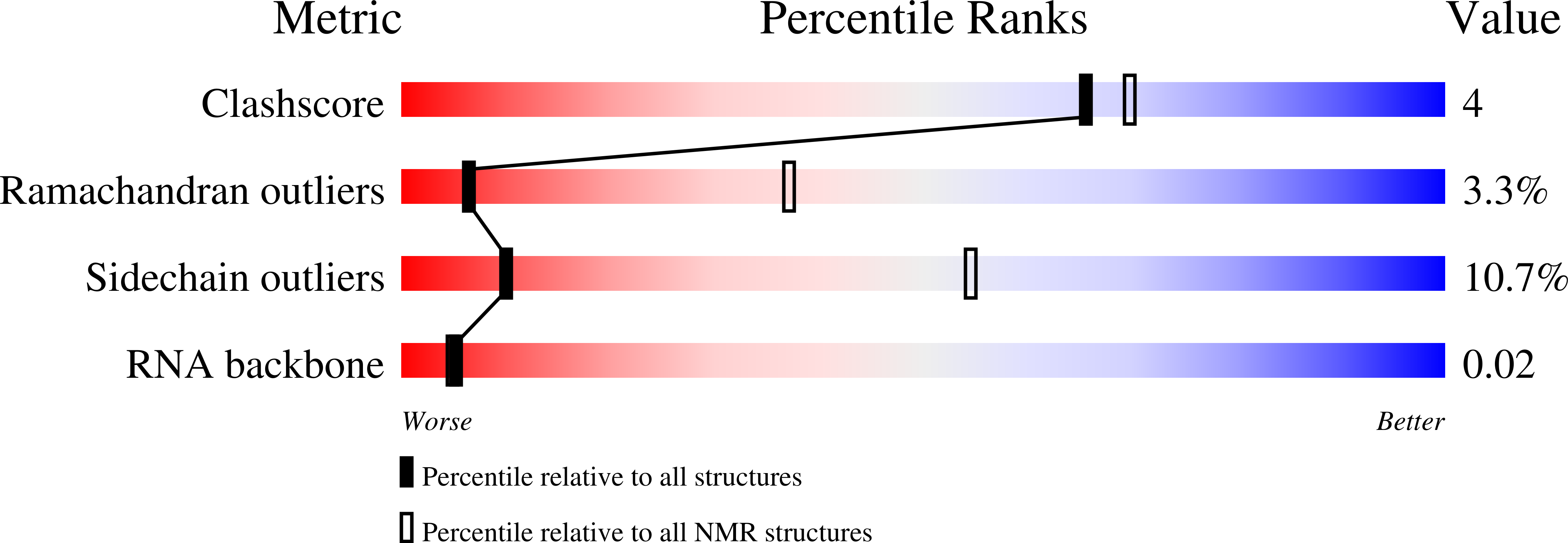
Deposition Date
2021-10-31
Release Date
2022-05-04
Last Version Date
2024-06-19
Entry Detail
PDB ID:
7Q4L
Keywords:
Title:
The solution structure of hsDND1 RRM12 bound to CUUAUUUG RNA
Biological Source:
Source Organism:
Homo sapiens (Taxon ID: 9606)
Host Organism:
Method Details:
Experimental Method:
Conformers Calculated:
50
Conformers Submitted:
20
Selection Criteria:
structures with the least restraint violations and lowest energy


